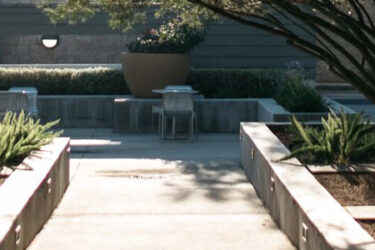As the overall number of homeless people has increased across L.A., the face of homelessness is also changing. Despite the ongoing stigma around homelessness and common depiction of homeless people as addicts and criminals, our homeless neighbors are often indistinguishable from our housed neighbors. For example, the highest increase in homelessness in 2017 was among young adults ages 18 to 24 and the number of homeless children under 18 increased by 41 percent. Most of these children are members of homeless families and many of those families are led by single parents.
In 2017, we also saw significant increases in homelessness among veterans and families—57 percent and 29 percent increases, respectively. The number of newly homeless individuals (versus chronically homeless) also shot up last year: Over 8,000 people who became homeless within the last year are experiencing homelessness for the first time. There was also a shocking surge in Latinx homelessness across the county—a 63 percent increase in one year.
Many of these growing homeless populations across the county are especially vulnerable, marginalized, and in need of stable housing and supportive services. Thirty-five percent of homeless youth identify as LGBTQ and many of them face intense discrimination from their families, employers, and landlords. This makes it harder for them to find stable work and housing, which in turn makes it harder to exit the cycle of homelessness. Survivors of domestic violence and physically disabled individuals, who represent 34 percent and 16 percent of the homeless population within L.A. County, can also face discrimination when it comes to finding housing and are often seen as “nuisance” tenants.
Homeless people across L.A. aren’t outliers or bad apples. They’re people we love and people whose rights we’ve committed to protect. They’re our neighbors, our co-workers, and our friends. They’re us—and it’s up to us to make sure that we get everyone in.



